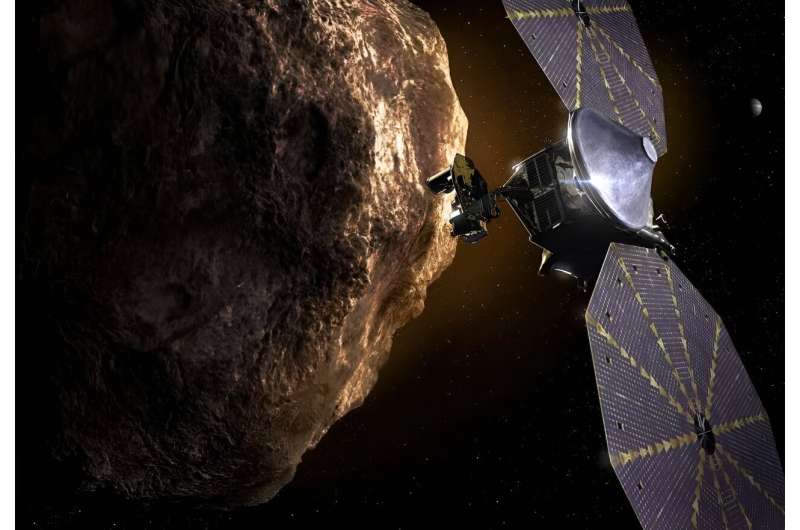Current missions take months to approach and require consistent feedback from ground teams to ensure the spacecraft understands the parameters of the asteroid it's approaching—especially the gravitational constant.
Some missions have seen more success with that than others—for example, Philase, the lander that went along with Rosetta, had trouble when it bounced off the surface of comet 67P/Churyumov-Gerasimenko. As the authors pointed out, part of that difference was a massive discrepancy between the actual shape of the comet and the observed shape that telescopes had seen before Rosetta arrived there.
Even more successful missions, such as OSIRIS-Rex, take months of lead-up time to complete relatively trivial maneuvers in the context of millions of kilometers their overall journey takes them. For example, it took 20 days for OSIRIX-Rex to perform multiple flybys at 7 km above the asteroid's surface before its mission control deemed it safe to enter a stable orbit.
One of the significant constraints the mission controllers were looking at was whether they could accurately calculate the gravitational constant of the asteroid they were visiting. Gravity is notoriously difficult to determine from far away, and its miscalculation led to the problems with Philae. So, can a control scheme do to solve all of these problems?
Simply put, it can allow the spacecraft to decide what to do when approaching their target. With a well-defined control scheme, the likelihood of a spacecraft failure due to some unforeseen consequence is relatively minimal. It could dramatically decrease the time missions spend on approach and limit the communication bandwidth back toward mission control on Earth.
Such a scheme would also require only four relatively ubiquitous, inexpensive sensors to operate effectively—a LiDAR (similar to those found on autonomous cars), two optical cameras for depth perception, and an inertial measurement unit (IMU) that measures parameters like orientation, acceleration, and magnetic field.
The paper spends plenty of time detailing the complex math that would go into the control schema—some of which involve statistical calculations similar to basic learning models. The authors also run trials on two potential asteroid targets of interest to see how the system would perform.
One is already well understood. Bennu was the target of the OSIRIX-Rex mission and, therefore, is well-characterized as asteroids go. According to the paper, with the new control system, a spacecraft could enter a 2,000 m orbit within a day of approaching from hundreds of kilometers away, then enter an 800 m orbit the next day. This is compared to the months of preparatory work the actual OSIRIS-Rex mission had to accomplish. And it can be completed with minimal thrust and, more importantly, fuel—a precious commodity on deep-space missions.
Another demonstration mission is one to Eros, the second-largest asteroid near Earth. It has a unique shape for an asteroid, as it is relatively elongated, which could pose an exciting challenge for automated systems like those described in the paper. Controlling a spacecraft with the new schema for a rendezvous with Eros doesn't have all the same advantages of a more traditional asteroid like Bennu. For example, it has a much higher thrust requirement and fuel consumption. However, it still shortens the mission time and bandwidth required to operate it.
Autonomous systems are becoming increasingly popular on Earth and in space. Papers like this one push the thinking about what is possible forward. Suppose all that's required to eliminate months of painstaking manual technical work is to slap a few sensors and implement a new control algorithm. In that case, it's likely that one of the various agencies and companies planning to rendezvous with an asteroid shortly will adopt that plan.
More information: R. B. Negri et al, Autonomous Rapid Exploration in Close-Proximity of Asteroids, Journal of Guidance, Control, and Dynamics (2024). DOI: 10.2514/1.G007186. On arXiv: DOI: 10.48550/arxiv.2208.03378
Journal information:arXiv
Provided by Universe Today



